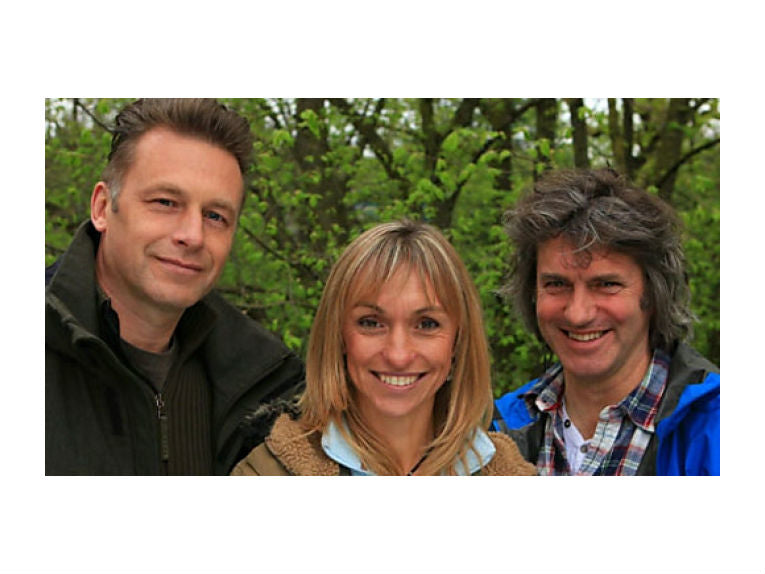What's as fruity as a nuthatch? Well the presenters of BBC's Springwatch, of course. Back in its seven-year itch that makes you scratch in parts of your brain you thought you never had. They mentioned that they hadn't previously covered the insignificant creatures enough in their first programme on Monday, so the nuthatch and the mole, the worm and hopefully maybe the mole cricket will be up for it and leaping into the capable cameras of the BBC Natural History unit.
They've invaded Wales again at the pleasant RSPB reserve of Ynys-hir. Or it was pleasant until a cavalcade of huge caravans turned up to dominate the landscape. We were missing the Humble this time around but the equally long in the tooth threesome remain essentially wild.
When they get too old, the BBC arranges them to be quietly shot, like Bill Oddie, that Goodie for those who remember what comedy was. The alternative for Kate Humble is to be sent around the world looking for David Attenborough.

The nuthatch studied by the Springwatch team seems a single parent but may be feeding her young with the help of a male. Watch and see (the webcams are on for most of the day) - Nuthatch image; Credit: © Shutterstock
The nuthatch turned out quite well, as it's increased in numbers by 99% recently, while worms are apparently also doing quite well. The RSPB will be pleased to advertise some birds that have improved, but must worry about some advertising of the fact that we are seemingly losing some species quite rapidly in the British Isles.
For example, the nightingale survey that is currently underway is expected to find disappointing losses in a bird that can only inhabit England south from the Wash and the Welsh border.

The tremendous agility of the sparrowhawk will be shown by the team once again, undoubtedly. Its ability to wend its way at speed through woodland with those huge wings is unmatched - Sparrowhawk image; Credit: © Shutterstock
Don't worry, ospreys will be there too!
Webcams of course will give us the only ospreys in Wales for the last 400 years, the invariable swallows and the blue tits. With previous habits looking to be followed, the eleven (yes that's 11) fox cub mystery will be followed and hopefully solved over time.
What's left? Well the programme is nothing if not spontaneous, so we can expect almost any native or prospective native beast to turn up to book its place in the hearts of the greater spotted couch potatoes known as the British television audience.










